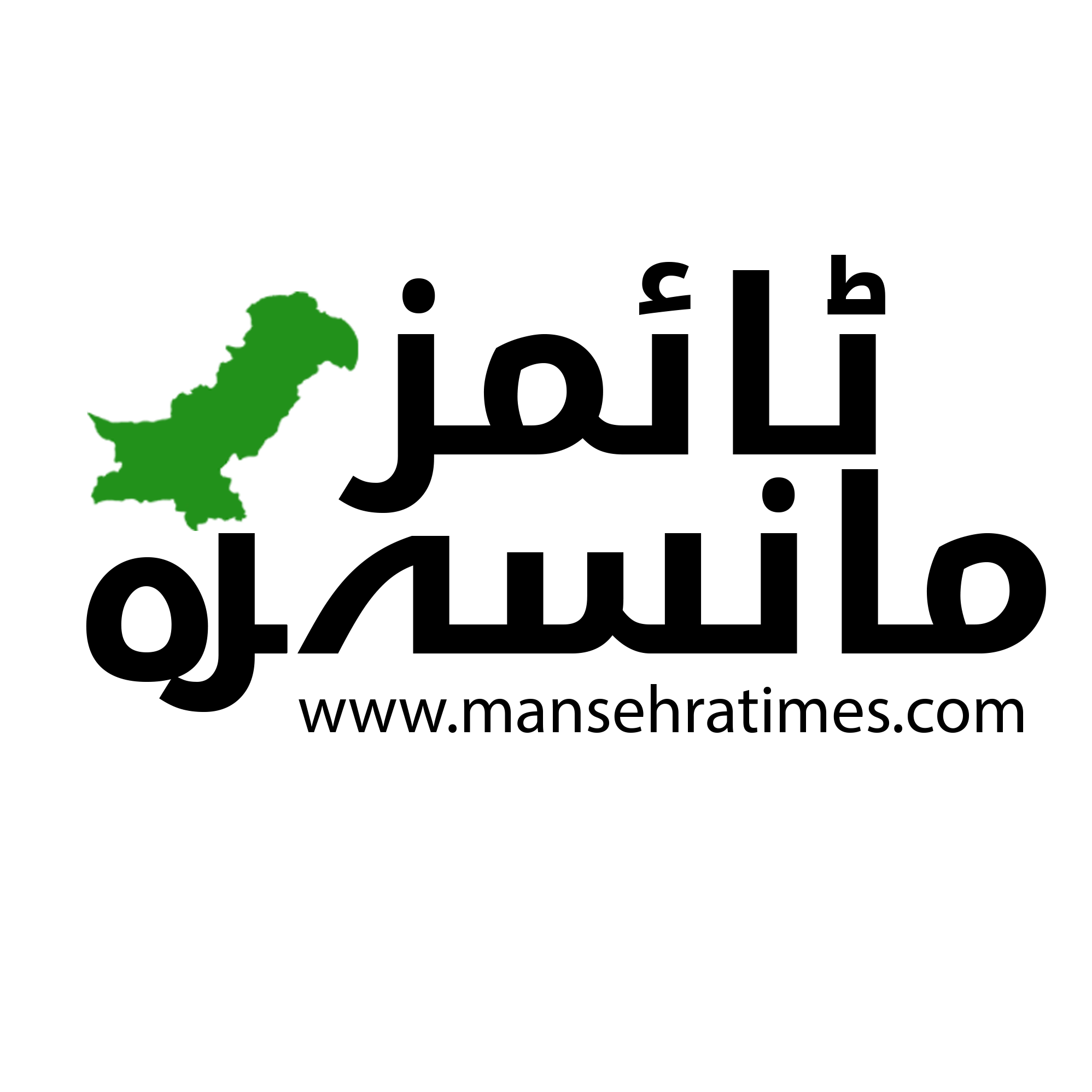It was virtually a decade in the past when astronauts aboard the Worldwide Area Station sat down for a meal of historic significance because it was the primary to incorporate meals — albeit solely lettuce — grown and harvested in area.
Quick ahead to latest occasions and the expertise for cultivating leafy greens aboard the orbital outpost continues to enhance. That is excellent news for NASA because it seeks methods to maintain astronauts fed and watered on future deep-space missions that shall be unable to hold massive meals provides.
This week NASA introduced its newest plan for experimental food-growth methods, revealing that it’s going to ship the Lunar Results on Agricultural Flora (LEAF) experiment to the moon as a part of the Artemis III crewed mission, which is at the moment scheduled for 2026
LEAF, created by Colorado-based Area Lab Applied sciences, will examine the lunar floor atmosphere’s results on area crops and be the primary experiment to watch plant photosynthesis, progress, and systemic stress responses in space-radiation and partial gravity, NASA stated.
The LEAF Beta payload, which encompasses a plant progress chamber with an remoted ambiance, will shield the vegetation inside it from extreme lunar daylight, radiation, and the vacuum of area, whereas observing their photosynthesis, progress, and responses to emphasize, in keeping with Area Lab. After a few week on the the lunar floor, the astronauts will deliver again the seedling samples for detailed evaluation in laboratory circumstances. It received’t be the primary time vegetation have been grown on the lunar floor as China grew a cotton plant there in a short-lived experiment in 2019.
Christine Escobar, Area Lab vice chairman, described the upcoming analysis as “a pivotal step towards understanding how we’d use agriculture in area to assist human crew, paving the best way for sustained lunar exploration and even missions to Mars.”
Two extra science experiments had been additionally chosen by NASA for the Artemis III mission. The Lunar Surroundings Monitoring Station (LEMS) is a compact, autonomous seismometer suite for long-term monitoring of the moon’s seismic atmosphere, whereas the Lunar Dielectric Analyzer (LDA) will measure the power of lunar soil to propagate an electrical area, which may support the seek for assets, particularly ice.
Editors’ Suggestions
